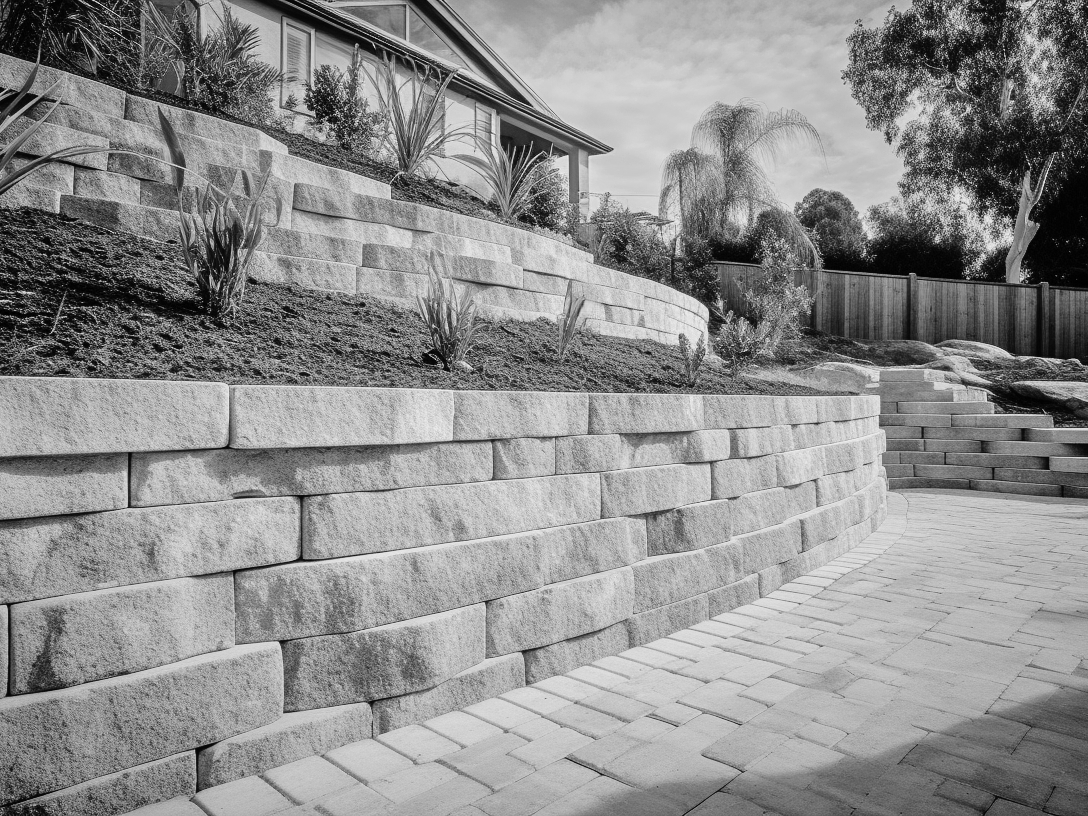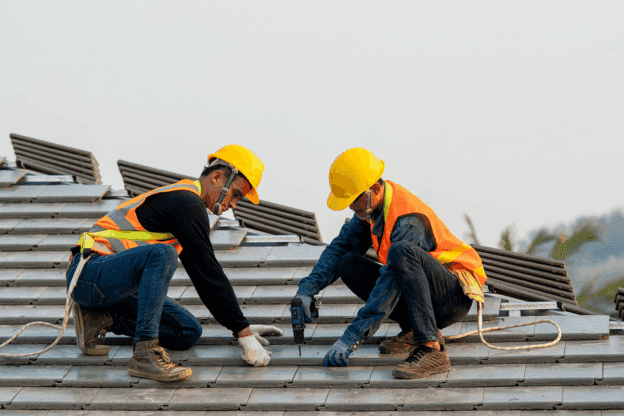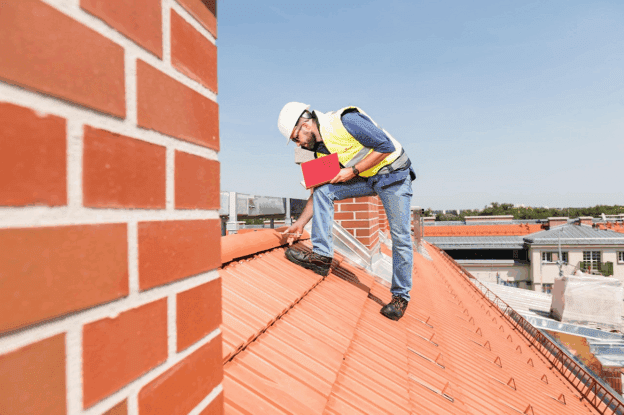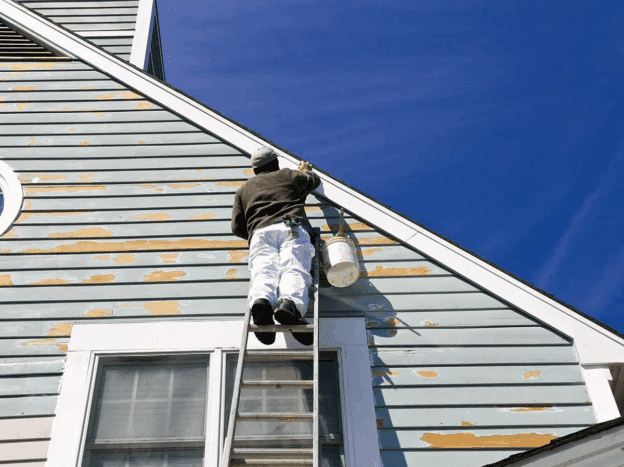
How to Design a Retaining Wall for Maximum Effectiveness
Designing a retaining wall isn’t just about stacking stones or blocks—it’s a crucial element in landscape architecture that can significantly influence the functionality and aesthetics of your outdoor space. Whether you’re tackling a steep slope or creating a level area in your garden, understanding how to design a retaining wall for maximum effectiveness can make all the difference.This guide will delve into the essential steps and considerations for crafting a retaining wall that stands strong and.
Choosing Materials for Your Retaining Wall
Selecting the right materials is fundamental when designing a retaining wall. Different materials offer varying strengths, aesthetics, and costs. For a sturdy and durable structure, options like concrete blocks, natural stone, and timber are popular. Concrete blocks are versatile and come in various styles, making them ideal for modern designs.
Natural stone, while more expensive, provides a timeless, rustic look that blends seamlessly with natural landscapes. Timber can be an economical choice but may require more maintenance over time due to weathering. Each material has its own benefits and drawbacks, so consider factors like the wall’s purpose, local climate, and the overall design of your space.
Retaining Wall Structural Requirements
A retaining wall must be built to withstand the pressure exerted by the soil it holds back. This requires careful attention to structural requirements to ensure stability and longevity. The design should include a solid foundation that can support the weight of the wall and the load behind it. The wall must also be built with proper reinforcement, whether through concrete footings or steel reinforcements, to prevent collapse.
Understanding local building codes and regulations is crucial, as they provide guidelines to ensure the wall’s safety and compliance. Consulting with a structural engineer or a professional designer can provide valuable insights and ensure the wall’s design meets all necessary criteria for stability and durability.
Essential Drainage Solutions for Stability
Effective drainage is vital for the stability of a retaining wall, as improper water management can lead to structural failure. Implementing the right drainage solutions helps maintain the wall’s integrity over time.
- Weep Holes: These small openings allow water to escape from behind the wall, reducing hydrostatic pressure and preventing potential damage. Properly spaced weep holes are essential for effective water management.
- Drainage Pipes: Installing drainage pipes at the base of the wall helps channel water away from the foundation. These pipes should be sloped to ensure efficient water flow and prevent accumulation.
- Gravel Backfill: A layer of gravel or crushed stone behind the wall promotes drainage by allowing water to pass through easily. It also helps prevent soil from clogging the drainage system.
- Drainage Fabrics: Geotextile fabrics placed behind the wall keep soil particles from entering the drainage system. This helps maintain the effectiveness of weep holes and drainage pipes.
- Proper Sloping: Ensure the land slopes away from the wall to direct water flow naturally. This reduces the amount of water that accumulates behind the wall and minimizes erosion.
By integrating these drainage solutions, a retaining wall can remain stable and functional for years to come.
Designing for Aesthetic Appeal and Function
A retaining wall serves both practical and visual purposes, so striking a balance between function and aesthetics is key. Start by considering how the wall will fit into your overall landscape design. The choice of materials, color, and texture should complement your home’s architecture and surrounding environment.
For a more polished look, you might choose materials that match or contrast with existing features like patios or pathways. Incorporating elements such as planters or seating areas into the wall design can enhance its functionality and appeal. A well-designed wall can elevate the look of your outdoor space while providing practical benefits.
Calculating the Right Height for Your Wall
Determining the appropriate height for a retaining wall involves careful consideration of both structural and aesthetic factors. The height of the wall should be based on the amount of soil it needs to retain and the overall design of your landscape. Generally, walls over one meter high may require additional engineering to ensure stability. For taller walls, it’s crucial to consult with a professional to assess the necessary reinforcement and construction techniques.
Additionally, consider how the wall’s height will affect your outdoor space’s usability. A taller wall might create more usable flat space but could also impact views or privacy. Balancing these factors will help you design a wall that meets both practical needs and aesthetic goals.
Incorporating Landscaping Elements with Retaining Walls
Integrating landscaping elements with a retaining wall can significantly enhance both functionality and aesthetics.
- Planters: Built-in planters can soften the wall’s appearance and create lush, green spaces. Choose plants that complement the wall’s material and suit the local climate for a harmonious look.
- Steps: Adding steps to the retaining wall allows for easy access between different levels of your yard. Ensure the steps are designed for safety and comfort, with proper footing and handrails if needed.
- Seating Areas: Incorporating seating into the wall can transform it into a functional outdoor feature. Use comfortable materials and design to create inviting spots for relaxation and socializing.
- Lighting: Integrate lighting into the retaining wall design to highlight its features and enhance safety. Well-placed lights can create a dramatic effect and make the space usable even at night.
- Water Features: Incorporating a water feature such as a small fountain or waterfall can add tranquility and visual interest. Ensure proper installation to manage water flow and prevent damage.
Incorporating these elements into a retaining wall not only improves its functionality but also enhances the overall beauty of your outdoor space.
Addressing Soil and Erosion Concerns Effectively
Properly managing soil and erosion is crucial for the longevity of a retaining wall. Erosion can undermine the wall’s foundation, leading to structural issues or failure. To combat this, implement soil stabilization techniques such as planting ground cover or using erosion control fabrics.
Ground cover plants can help bind the soil and reduce runoff, while erosion control fabrics provide an additional layer of protection. Additionally, ensure that the wall’s design includes proper drainage to prevent water accumulation behind it. Regular maintenance, including checking for signs of erosion and addressing any issues promptly, will help preserve the wall’s effectiveness and extend its lifespan.
Planning for Long-Term Maintenance and Care
Maintaining a retaining wall involves more than just initial construction; it’s an ongoing process to ensure its durability and appearance. Regular inspections are essential to check for any signs of wear, such as cracks or leaning. Address any issues promptly to prevent them from worsening.
Depending on the material used, maintenance tasks might include cleaning, resealing, or reinforcing the structure. Incorporating a maintenance plan into your overall landscape care routine will help keep your retaining wall in optimal condition and prolong its life.
Customizing Retaining Walls to Your Space
Customisation allows a retaining wall to perfectly fit its environment and your specific needs. Consider the unique characteristics of your space, such as slope, soil type, and existing landscape features, to tailor the design accordingly. Custom walls can be shaped and styled to blend seamlessly with the natural terrain or to create striking visual contrasts. Incorporating custom elements such as specific materials, colors, or patterns can make the wall a standout feature in your landscape.
Tailor the wall’s function to meet your needs, whether it’s creating more usable outdoor space, improving drainage, or simply adding visual appeal. A well-customized retaining wall not only enhances the functionality of your yard but also complements and elevates the overall design.
Enhancing Safety Features in Your Retaining Wall
Enhancing safety features in a retaining wall is crucial to prevent accidents and ensure durability. Incorporating the right safety elements can protect both the wall and the people around it.
- Reinforce the Foundation: Strengthen the wall’s base with additional footings or reinforcements to prevent collapse under pressure and maintain stability over time.
- Install Guardrails or Barriers: For tall retaining walls or those near high-traffic areas, adding guardrails or barriers can prevent falls and accidents, especially in areas where people are likely to come close.
- Design Non-Slip Surfaces: Ensure the wall’s surface is textured or treated to reduce the risk of slipping, particularly in wet conditions or areas with heavy foot traffic.
- Regular Inspections: Conduct routine inspections to check for signs of wear, cracks, or structural issues, addressing any problems promptly to maintain safety and integrity.
- Improve Drainage Systems: Effective drainage reduces water pressure behind the wall, preventing erosion and potential structural failures that could pose safety risks.
Prioritizing these safety features will ensure the retaining wall remains a secure and functional part of your landscape.
Designing a retaining wall with maximum effectiveness involves thoughtful consideration of materials, structural requirements, and aesthetics. From choosing the right materials to implementing essential drainage solutions, each step is crucial for creating a durable and visually appealing structure. Proper planning ensures the wall not only serves its purpose but also enhances the overall landscape design.
For expert guidance and custom solutions tailored to your needs, contact Tidal Remodeling at +1 (760) 990-7890. Transform your outdoor space with a retaining wall designed for both function and style.



